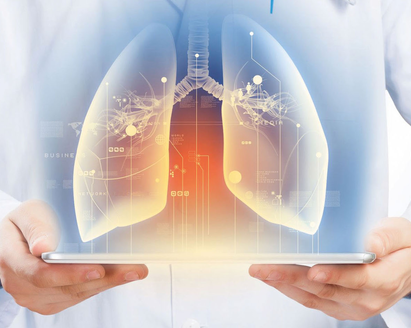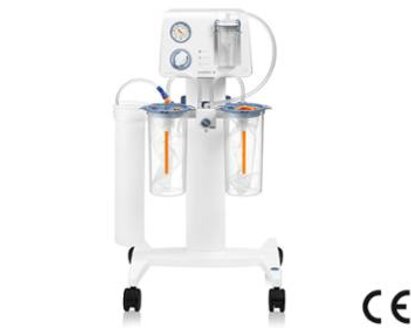Can You Afford the Costly Consequences of Hospital-acquired Infections?
With so many variables in care delivery, sometimes simple actions are met with unintended and costly consequences. In healthcare, one such consequence is infections. They’re both devastating and devastatingly expensive. And despite providers’ relentless efforts to make patients healthier, patients are at risk of being exposed to pathogens that make them sicker.
Along with the human and emotional tolls they take, hospital-acquired infections are estimated to cost acute care hospitals $35-$45 billion a year. And that doesn’t include legal costs.1 For this reason, sterile processing departments work so diligently to disinfect and sterilize medical equipment. Sometimes infection is a result of the most minor oversight. But sometimes sheer effort isn’t enough.
Deadly discovery
The devil lies in the details and one example of unintended consequences of a small oversight shall be mentioned here. An extensive and shocking analysis of 470 hospital suction regulators used in connection with central vacuum systems found that more than one in three had been colonized.2
Among the potential pathogens found on those regulators are:
- Pseudomonas aeruginosa, which is often multidrug resistant, and which can be deadly for critical care patients.3
- Enterococcus faecium, which is increasingly likely to be vancomycin-resistant, and which is especially virulent for patients with impaired immune systems.4
- Staphylococcus aureus, which causes potentially deadly MRSA, especially when resistant to methicillin.5
Even more alarming? According to the above review1, pathogens can spread from a suction regulator to a wall-side canister in 30 minutes. From there, they can spread from patient to patient.
But doesn’t cleaning a regulator after it’s been used solve the problem?
Maintenance headaches
Maintenance of wall-suction systems is challenging. Depending on the type of system, there are a multitude of parts and mechanisms that need to be checked regularly.
Even in the best scenario, maintenance of wall-suction systems is challenging. Depending on the type of system, there are a multitude of parts and mechanisms—such as valves, gauges, switches, and relays—that need to be checked regularly. Bearings need to be lubricated. Traps and filters need to be replaced frequently. And leaks need to be identified.
Carefully following a maintenance schedule will keep equipment running smoothly most of the time, but what happens if an emergency arises before or during maintenance? Or if a leak occurs? Or if accumulated debris suddenly reduces suction at a critical moment?
Those potential concerns are one reason the Joint Commission says, “If the facility is equipped with a central vacuum pump, a free-standing or portable suction device needs to be available for all patient care areas in case of pump malfunction.”7
How can hospital-acquired infections be controlled?
Medela’s portfolio of portable suction units is designed to eliminate the unintended consequences, headaches, and expenses that can result from using wall suction.
Key benefits, built upon 50 years of experience in medical vacuum technology, are:
- Mobile suction pumps can be less vulnerable to spreading potential contamination: Not only are they built with no gaps or grooves, but in case of contaminations, only one pump is affected, not the entire system.
- Make disinfection quick and effective thanks to rounded designs, soft edges, and CleanTouch buttons.
- Able to withstand some of the most potent disinfection agents and designed to be extra durable.
- Easy to maintain:
- Modular design for easy breakdown, cleaning, and assessment (the routine checks of the Dominant Flex take less than 30 minutes).
- Simplified, annual routine checks.
- No obligation of periodic testing of pressure safety devices.
- Able to be performed by staff without specialized training.
Medela’s powerful and convenient portable suction units are designed to produce healthier outcomes, with fewer unintended consequences—all while helping you reduce unnecessary spending. Be sure to explore the Medela portfolio today.













